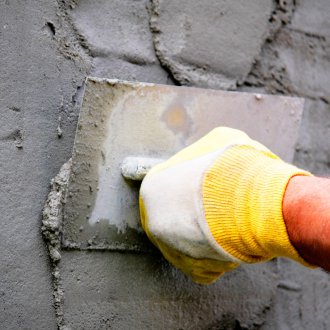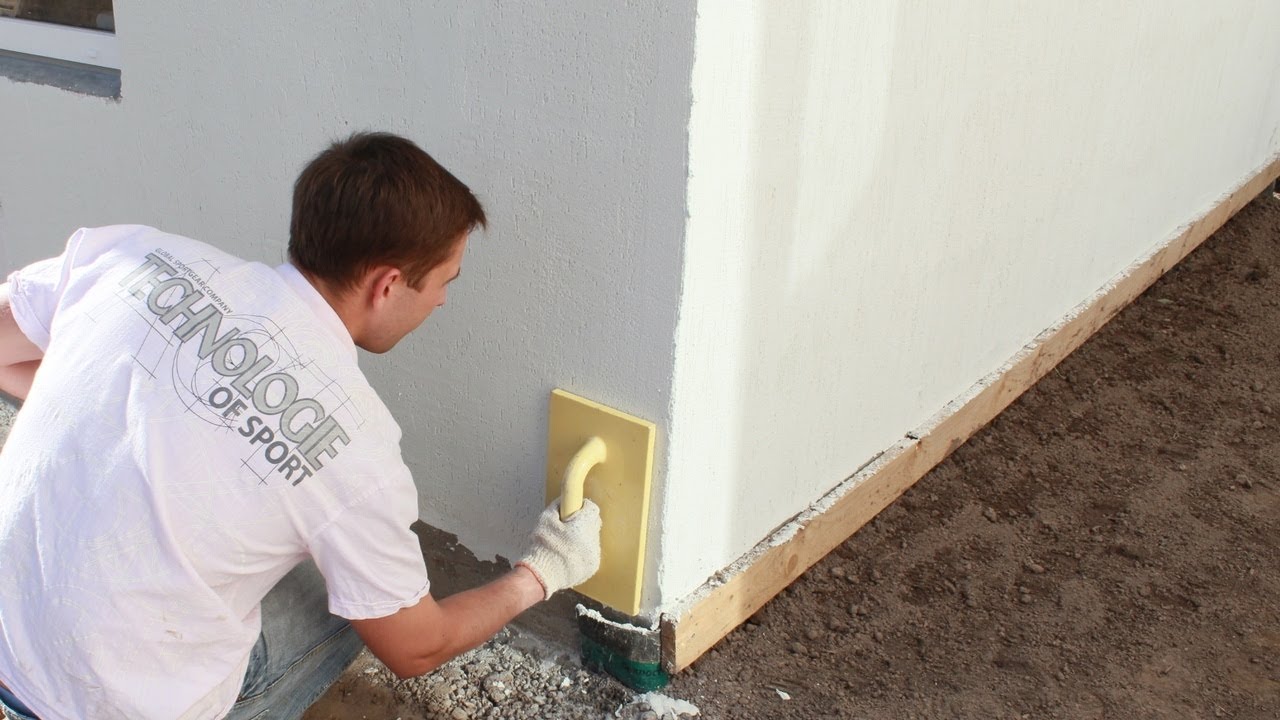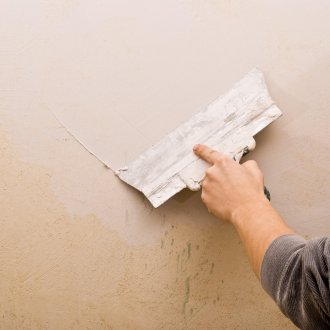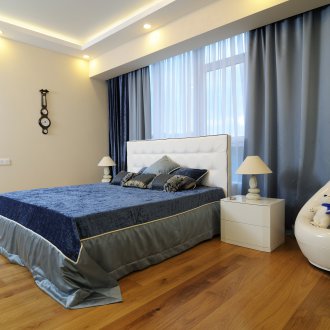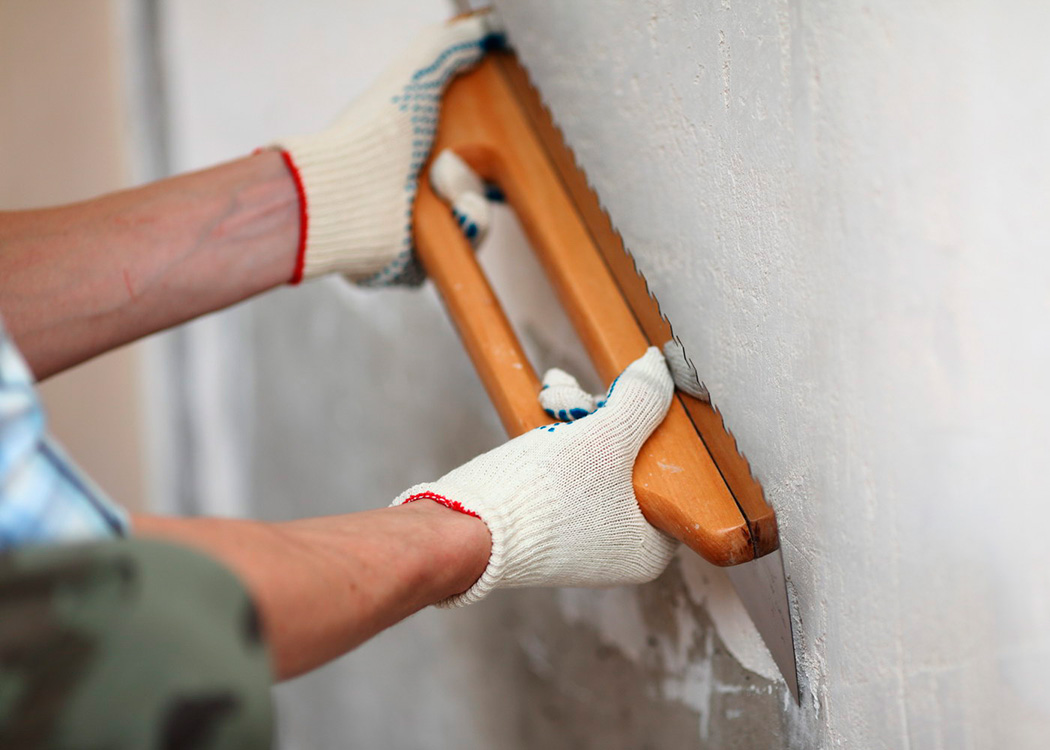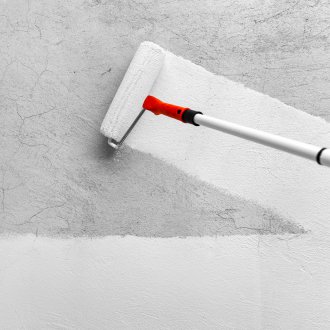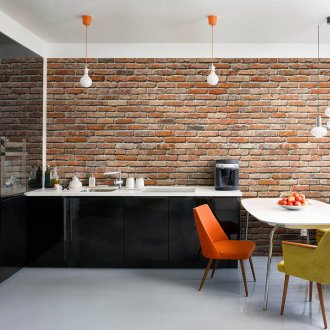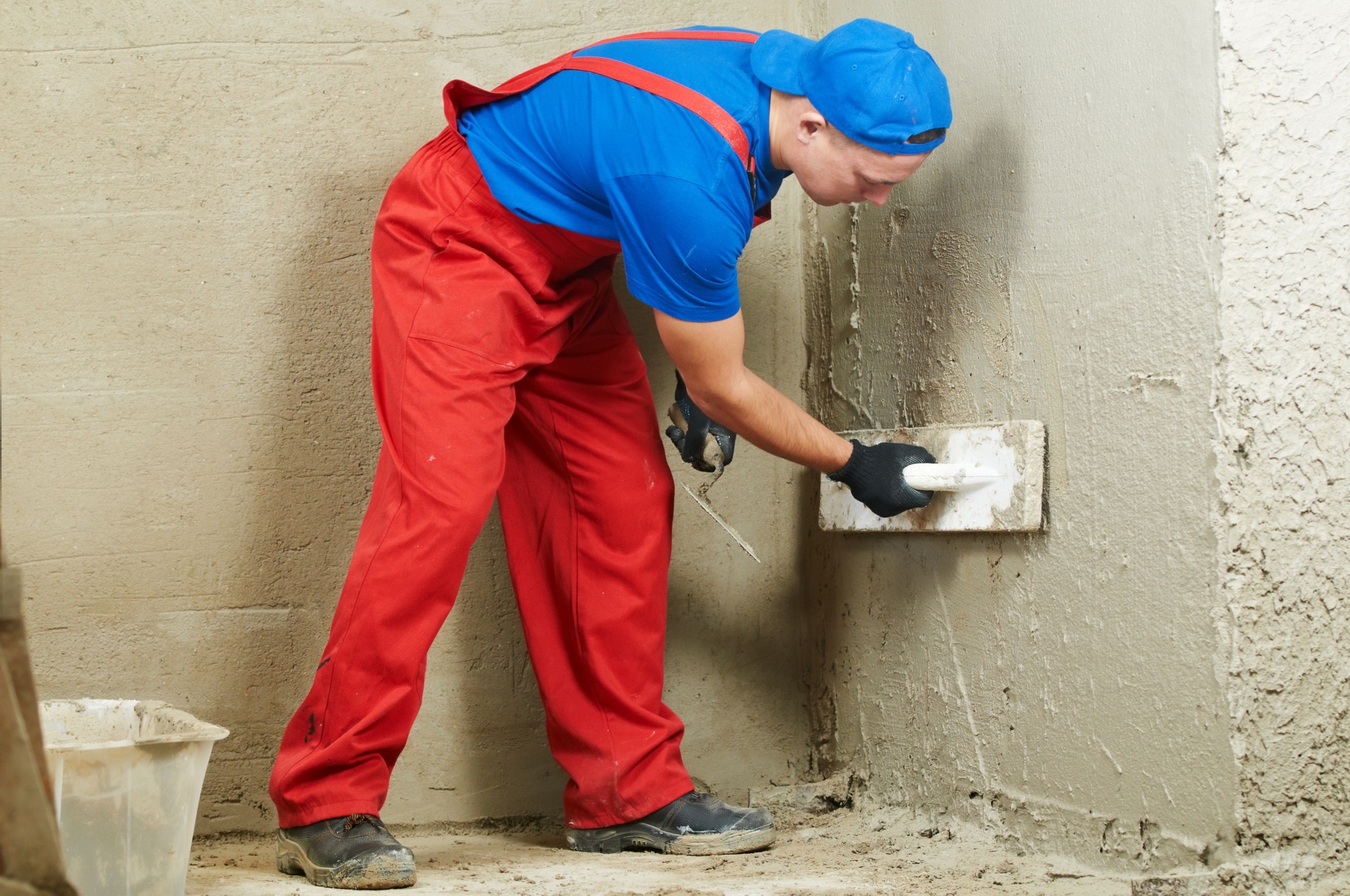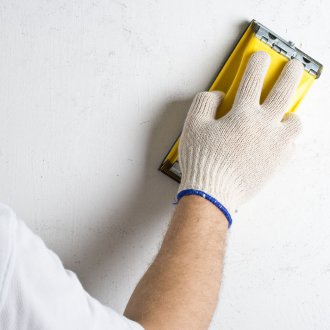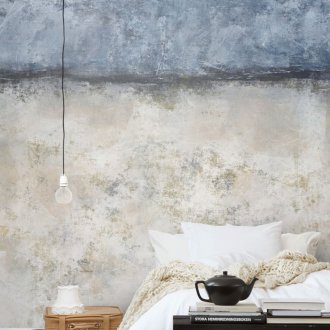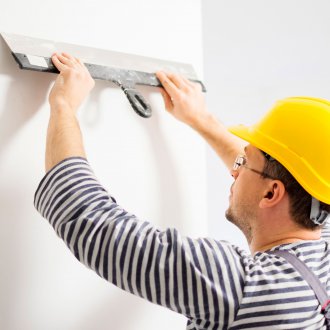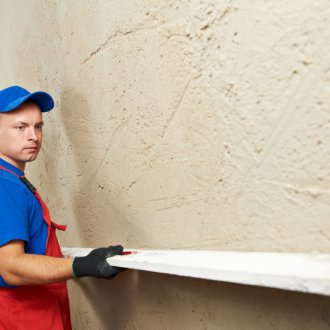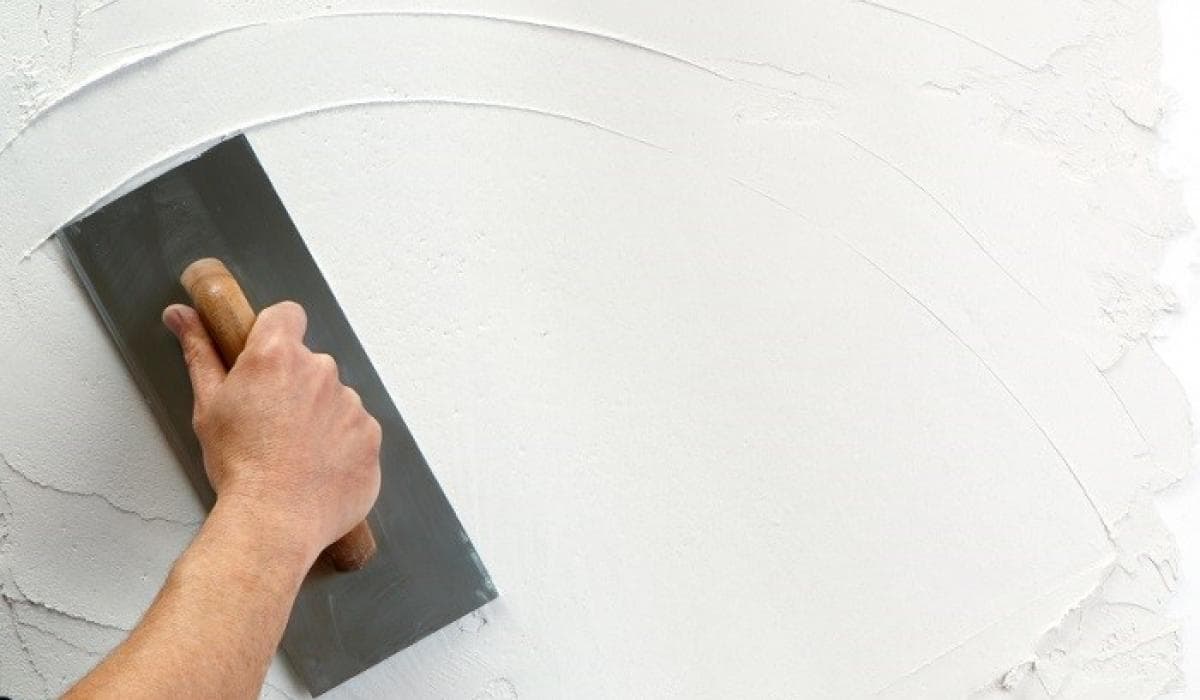Stucco walls on lighthouses: benefits and milestones
Content
It's no secret that the perfect repair begins with smooth walls. Such walls are easy to paint, whiten, cover with wallpaper and fabric. A room with even walls seems larger, taller, freer, and sometimes even brighter.
If earlier it took weeks to level the walls and special skills were required, today almost everyone can perform this procedure. It is enough to stock up on modern construction tools and materials, as well as a large margin of patience.
Alignment of walls: types
Today, there are two of the most famous ways to give a smooth surface to horizontal and vertical planes: dry and wet. The dry method involves the use of drywall sheets. So the walls are sewn up in strong and even drywall constructions, which can be immediately covered with decorative trim. Undoubtedly, this method is economically more profitable, but also less attractive in terms of area conservation. In some old houses, plasterboard walls “eat up” up to 10 cm of room space.
Wet work is done using special solutions of gypsum or cement, which are applied to the walls and after drying create a smooth surface. The solution can be ready (purchased at a hardware store) or prepared on site (it is important to observe the correct proportions).
The most correct way to level the walls, according to many builders, is the plastering of walls on lighthouses. Special profiles - beacons - are attached to the wall and indicate the thickness of the applied solution layer. Using such designs, builders minimize the time spent and improve the desired result.
Varieties of beacons
Before you learn how to plaster walls in a wet way, it is important to deal with building materials that are useful to you in the process. So, for example, depending on the material from which the beacons are made, there are three main types:
- wooden beacons - today they are practically not used, but they have the lowest cost and the possibility of repeated use;
- metal profiles are the most popular in modern construction, but they have a number of disadvantages: they rust even from minor damage, it is impossible to use twice;
- plastic options - are made of the most durable plastic and have a high price.
The average length of the beacons is 3 meters and a width of 6-10 millimeters. The number of profiles used is based on the area of the plastered surface.
Varieties of plaster
In addition to choosing the right beacon profiles, you should also pay attention to the composition of the solution that you are going to apply to the walls. The following varieties are distinguished:
- lime mortar is suitable for dry and warm rooms, has a long service life;
- gypsum - is considered the most environmentally friendly composition, dries quickly, tolerates temperature extremes and exposure to high humidity, is easy to apply;
- cement mortar is most often used as a solid base for the next layer of finish, it is characterized by high wear resistance.
Each of these options has its fans and its own conditions in which it shows the best qualities. So, for example, the choice of mortar often depends on the material of the wall itself, on which the plaster is to be applied.
Basics Options
Having become acquainted with the possible options for building materials, you need to decide on the choice of the necessary ones. To do this, you will need to indicate the composition of the wall on which the plaster is to be applied. Depending on the material from which your walls are made, the necessary solution will be selected.
If you have to deal with the decoration of concrete walls, then it is better to opt for cement mortar. Plastering walls with cement mortar not only levels the surface, but also makes the leveling coating the most durable.
Any type of mortar is suitable for brick walls, however, it should be borne in mind that this surface requires the application of a large layer of plaster. It will optimally use a cement composition in combination with sand.
Wooden walls are always plastered only with a mesh made of reinforced steel. The grid acts as a bonding element, creates a strong frame and prevents the plaster from falling off. Walls made of wood are usually covered with clay or gypsum plaster; the best option is to use a gypsum-lime mixture.
Stucco Walls: Milestones
Strictly speaking, the technology of wall plastering on lighthouses includes three main stages, the correct observance of which allows you to achieve the desired result in a short time:
- Preparation of walls;
- Installation of beacons;
- Actually, the application of plaster.
If you are attracted to wall plastering with your own hands, and you want to cope with this task no worse than professionals, then following the steps presented will allow you to save money and effort, and the result will not be long in coming.
Wall preparation
The very first and most important step in the process of plastering surfaces. Depending on what condition the base is in, the further fate of the leveled surface will be determined. That is why when preparing the walls, you must perform the following steps:
- Visually note the condition of the wall, mark irregularities, if necessary - use a level;
- Designate the mounting points of the beacons - at a distance of 30 cm from the corners and slopes. The remaining part of the wall is divided into equal parts and also mark the fasteners. To determine the horizontal axis of the mount, step back from the ceiling and floor 18-20 cm;
- Prime the surface of the walls. The primer will provide better adhesion to the mortar and save you from unnecessary construction debris.
After the walls are ready, you can proceed, directly, to the very placement of the beacons.
Beacon Installation
There are two types of fastening of construction beacons to the wall surface: mortar or fasteners.
If you decide to place profiles on the solution, then you will need a composition with a high cement content. The pre-prepared mixture should be thrown onto the wall at the intersection of the designated horizontal and vertical axes, but so that the layer thickness does not exceed the thickness of the beacon. Then attach the beacon and push it strongly into the solution. You can strengthen the foundation using the rule, using it on the sides of the profile.
If you prefer the strength of the fasteners, then you have to place the screws at the intersection of the axes. Make sure that their hats are at the same level, then you do not need to align the placement of profiles for a long time.
When you finish placing the beacons on the walls, it's time to apply the solution. To do this, you first need to prepare the plaster mixture. Pay attention to the instructions indicated on the package with the mixture. Only the correct following of all points will allow you to create a high-quality composition that allows you to perform the correct plastering of surfaces.
Plastering
So we got closer to the final and most important stage of the whole process - applying the plaster mortar. The application procedure is as follows:
- Draw with a wide spatula a small amount of the mixture;
- Spray this solution between the beacons, filling all the free space;
- Using the rule, move it perpendicularly with beacons from top to bottom, remove excess solution.
After the solution finally hardens, you will be waiting for a perfectly flat surface. If necessary, beacons can be removed, but most often they are left.
Plaster wall corners
The considered technology of wall plastering using beacons practically leaves no questions but one, how to create even corners. The inner corner can be formed using an angular spatula or pipe, which pass through the beacons. Dull corners are usually leveled with a wooden lath attached to the beacons.
At the end of the plastering process, you should finish the alignment of the walls. It is better if the solution on the walls is not yet completely dry. For grouting you will need a thinner mixture of plaster, it will need to be smudged on the wall with a smoothing trowel evenly. Carrying out circular movements until surplus ceases to accumulate on the ironer, you will finally level the surface of the walls.
Mechanized wall plastering on lighthouses
Now that you know how to plaster your own walls to a flat surface, it should be explained that there is also a mechanized method of applying plaster. This type of finishing work is usually carried out by specialists of a construction company and is most often used in large industrial and public buildings. Of course, the plaster layer applied in this way will differ from the man-made layer in perfect smoothness, but it will also be thinner, which cannot but affect the performance of the coating, despite the obvious advantages of the method.
Mechanized plastering is carried out using a special plastering machine, in which, directly during application, a dry cement-sand mixture is mixed with water supplied under high pressure. The sprayed composition lays evenly on the surface and dries quickly. The coating created in this way is characterized by high indicators of wear resistance and impact resistance, which is suitable for rooms of industrial facilities.
More simple, but also mechanized methods include applying plaster using a pneumatic hopper. In it, the solution is sprayed by forcing air, which allows you to cover a fairly large area with an even layer. Using various nozzles, it is possible to process corners, slopes, transitions and other hard-to-reach spots.
Having considered all the presented algorithms for applying plaster to align the walls, one cannot help but notice that even a novice will cope with this task. Proper preparation, a thoughtful action plan, high-quality building materials and durable tools will help you to easily complete all the scheduled work. If you are not confident in your abilities, it is better, of course, to turn to professionals, if you like to do everything with your own hands - be patient and get to work.
